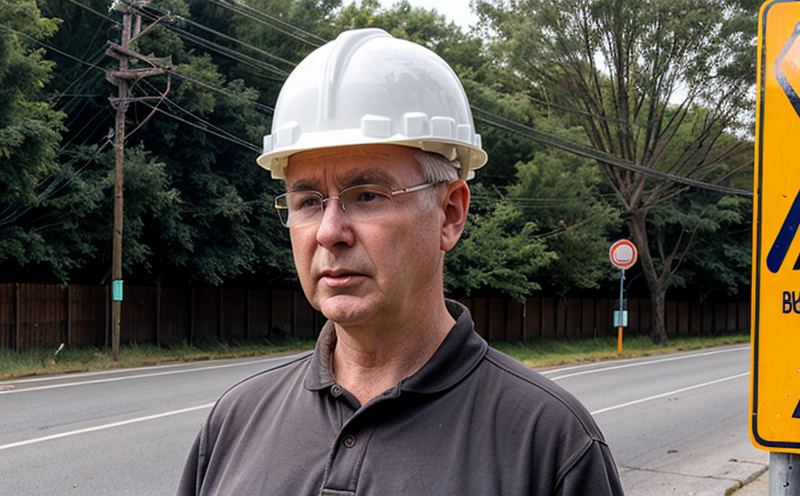ISO 1996-3 Noise Measurement for Community Environments
The ISO 1996-3 standard is a widely recognized guideline for measuring environmental and community noise, ensuring compliance with international standards. This service focuses on the specific requirements laid out in ISO 1996-3 to provide accurate and reliable measurements of noise levels in residential, commercial, and industrial areas.
Our team specializes in conducting comprehensive noise assessments that are crucial for understanding sound propagation in urban environments. By adhering strictly to the parameters set forth by ISO 1996-3, we ensure that our clients receive precise data which can be used for regulatory compliance as well as informed decision-making regarding noise pollution mitigation.
One of the key aspects of this service is understanding how sound travels through various mediums such as air and structures. This requires us to consider factors like background noise levels, distance from sources, and characteristics of materials that attenuate or reflect sound waves. Our expertise lies in accurately quantifying these variables within the context specified by ISO 1996-3.
For effective implementation of this standard, it is important to recognize its relevance across different sectors including construction, transportation, manufacturing, and urban planning. Each sector has unique challenges when it comes to managing noise levels effectively; however, all benefit from the precise measurements provided by ISO 1996-3.
In summary, our ISO 1996-3 Noise Measurement for Community Environments service offers a robust approach towards addressing environmental noise issues. It combines meticulous adherence to international standards with deep industry knowledge to deliver actionable insights that contribute positively both locally and globally.
Scope and Methodology
| Scope of ISO 1996-3 Noise Measurement for Community Environments | |
| Measurement Location | Should be representative of the community environment being assessed. |
| Measurement Period | A minimum period of one day is recommended, covering all relevant times and conditions. |
| Data Collection | Involves continuous measurement using appropriate instruments calibrated according to ISO 61672 guidelines. |
| Data Analysis | Includes averaging sound pressure levels over specified intervals as per the standard's recommendations. |
| Reporting Requirements | Must include all relevant data collected along with interpretations based on defined criteria. |
The methodology employed underlines the importance of selecting appropriate measurement locations and ensuring consistency in data collection. Compliance with these stringent requirements guarantees accurate results that are reliable for decision-making purposes.
Why Choose This Test
- Precision: Our measurements provide highly accurate noise level readings which are essential for meeting regulatory standards.
- Compliance: By adhering strictly to ISO 1996-3, you ensure that your operations remain compliant with international best practices.
- Informed Decisions: The data we collect helps stakeholders make informed decisions about reducing noise pollution in their communities.
- Precision Instruments: Utilizing state-of-the-art equipment ensures consistent and reliable results every time.
Choosing our ISO 1996-3 Noise Measurement for Community Environments service means investing in a thorough understanding of your operational impacts on surrounding areas. This knowledge is invaluable when seeking to improve sustainability efforts or simply ensuring good neighbor policies are upheld.
Environmental and Sustainability Contributions
- Promotes healthier living environments by reducing noise pollution which can have adverse effects on human health.
- Encourages sustainable urban planning practices that prioritize quieter spaces for residents.
- Aids in the reduction of energy consumption associated with heating, cooling, and ventilation systems due to improved insulation against external sounds.
- Supports biodiversity conservation by minimizing noise stressors on wildlife within city limits.
Through rigorous adherence to ISO 1996-3 standards, we contribute significantly towards creating more sustainable communities. Our services play a vital role in promoting healthier lifestyles and supporting environmental initiatives across various sectors.





